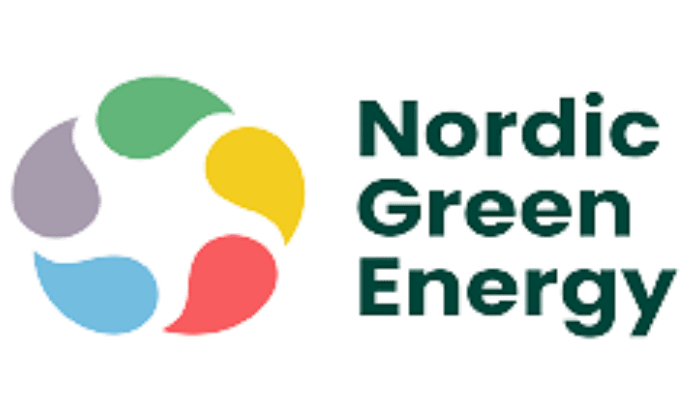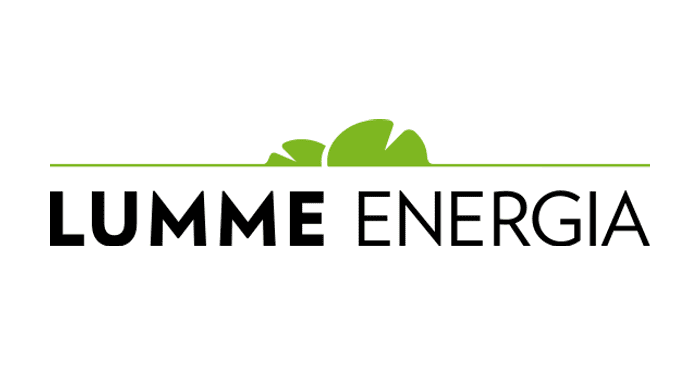Green electricity - The best green electricity contracts
Green electricity contracts are here to stay, and so several electricity companies offer consumers climate-friendly electricity contract options.
Where can you find the best green electricity contract?
The best green electricity contract can be found in the price comparison. The best green electricity contracts of the moment are listed.
Green transition and green electricity - not one without the other
Green transition and the renewable energy sources closely related to it have become concepts familiar to more and more Finns in recent years. Global warming and its counter-reaction, the global goal of most industrialized countries to reduce fossil fuels in energy production, have been apt to create favorable growth conditions for both green innovations and green electricity contracts free from fossil energy sources.
Finland has aimed to achieve carbon neutrality by 2035, which will create favorable winds for the demand for environmentally friendly and green electricity for several years to come . This has also been noticed in electricity companies - so it's no wonder why more and more electricity companies have increased the supply of their green electricity contracts without delay.
Where does green electricity come from?
A stand-up comedian might answer this wittily with "from the wall". As a serious electricity comparison website that emphasizes facts, we aim to bring more depth in our answer to the above question.
Green electricity can be produced in many ways, but the renewable energy sources used in Finland mainly consist of hydro and wind power, solar energy, ground and air heat energy (heat pumps) and to a lesser extent also biogas, the biodegradable part of recycled and waste fuels, and fuels of plant and animal origin (incl. wood-based fuels).
Although there are numerous renewable energy sources, green electricity in the domestic consumer market is mainly either hydro or wind power.
Green electricity - the pros and cons of renewable energy sources
In this paragraph, we briefly list the most important production forms of the domestic green electricity market with their pluses and minuses.
Wind energy
Wind power is doing well and related projects attract the largest investments, which are implemented perhaps even in your home municipality. The kinetic energy of the wind is captured by the vanes of the wind turbines (also called rotors), which rotate under the influence of the wind, which in turn move the generator that produces electricity. The end result is fossil-free green electricity.
Pros of wind power
- An almost carbon dioxide-free form of energy
- 100% renewable energy!
- Cost effectiveness: maintenance of wind turbines is inexpensive compared to many other power plants.
Disadvantages of wind power
- Possible negative effects in the surrounding area (e.g. landscape and noise nuisance)
- Cyclical fluctuations in electricity production on windy vs windless days
- Possible adverse effects on the surrounding nature and fauna (e.g. collisions between birds and impellers)
Solar energy
Like wind power, solar power is also a form of renewable energy that has rapidly grown in popularity, which is created when the radiation produced by the sun is converted into heat or electricity. In principle, therefore, solar power is an inexhaustible natural resource, but converting it into electricity or heat is not exactly an easy task. In order to collect the sun's radiation, you need, for example, solar cells placed on the roof or at ground level, the purpose of which is to convert sunlight into electricity.
Advantages of solar power
- An almost carbon dioxide-free form of energy (emissions are generated as part of the manufacturing process of your example)
- 100% renewable energy!
- Low maintenance costs
Disadvantages of solar power
- Solar panels take up a lot of space
- High initial costs (panels and other components)
- The great importance of the weather to how much solar energy can be produced
Water energy
Hydropower is an older invention than wind and solar power, and as the name suggests, hydropower is produced from the kinetic energy of water, which is converted into electricity in hydropower plants. There are also several hydroelectric power plants in Finland, and they are mostly located near rivers and rapids.
Advantages of hydropower
- An almost carbon dioxide-free form of energy
- 100% renewable energy
- The movement of water does not depend much on weather conditions
Disadvantages of hydropower
- Hydropower plants may shape the environment (e.g. dams)
- High maintenance costs of hydropower plants
- Drought caused by climate change may make it difficult to utilize hydropower in some areas
Other forms of renewable energy
Other forms of energy classified as green electricity include e.g. bioenergy and geothermal energy.
Bioenergy is produced by burning biomass, such as wood, waste from pulp mills or, for example, household waste. However, burning biofuels like the one mentioned above is not carbon dioxide-free - so it is a renewable fossil energy source.
Geothermal energy or geothermal energy, on the other hand, is heat energy from the sun bound to the earth's crust (or deeper into its layers), which is used, for example, in heating and electricity production.
Geothermal energy requires deeply drilled pipes so that the heat collected inside the earth can be harnessed for beneficial use, so its production possibilities are quite limited outside of volcanic areas.
Green electricity - get your green electricity contract online
Green electricity and renewable energy sources are steadily growing in popularity, and no wonder, because forced by climate change, many countries – including Finland – are trying to get rid of fossil energy, which burdens the climate and nature.
By switching to a green electricity contract, you are participating in riding the crest of the wave of responsibility and carrying your own card in the climate talks that affect us all.
In Finland, green electricity is offered on the consumer side by, for example, Fortum and Nordic Green Energy with indefinite contracts. On the corporate side they are offered by for example Fortum, whose Varma business electricity is a great choice for small, medium-sized and even for larger companies.








